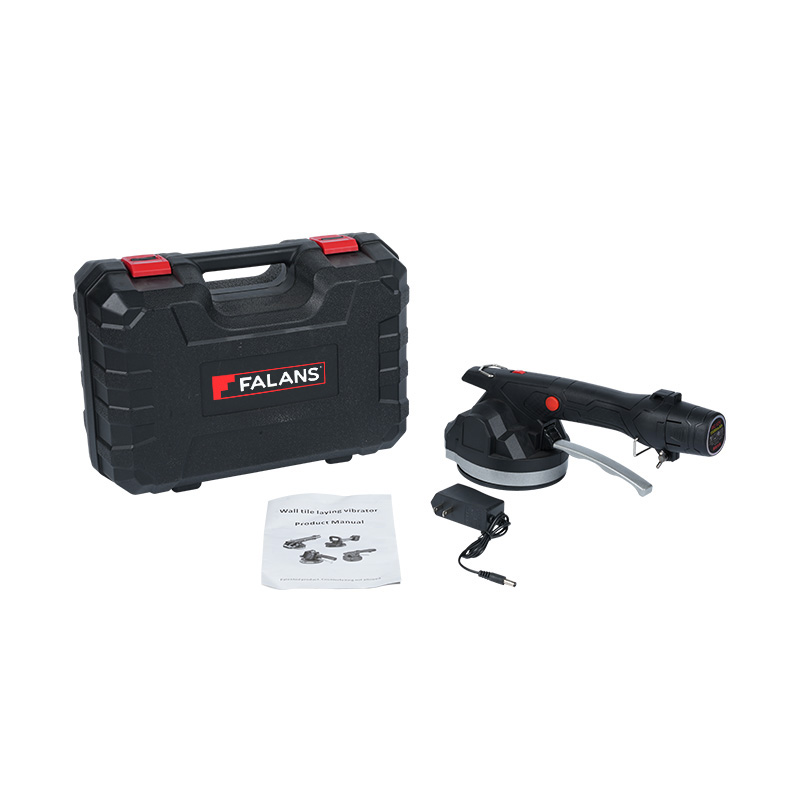
Tile installation and paving projects often require significant manual effort, which can increase labor costs and extend project timelines. Tile vibrating pavers have emerged as an effective solution for improving efficiency while maintaining quality.
Mechanized Assistance for Tile Laying
A primary way tile vibrating pavers reduce labor costs is by mechanizing parts of the installation process. Traditionally, workers must manually place, align, and level tiles, which is time-consuming and physically demanding. Tile vibrating pavers automate the vibration process that ensures tiles are evenly set, reducing the need for repetitive manual adjustments. This mechanization allows fewer workers to handle larger areas in less time, cutting down on both labor hours and associated costs.
Improved Tile Alignment and Uniformity
Tile vibrating pavers also contribute to better alignment and uniformity of installed tiles. The vibration ensures that tiles settle evenly into adhesive or bedding materials, minimizing gaps and reducing the need for corrections. When tiles are properly aligned on the attempt, there is less rework required, which directly reduces labor time. Workers can focus on finishing touches rather than fixing uneven surfaces, further enhancing productivity and cost savings.
Enhanced Productivity on Larger Projects
On large-scale paving projects, labor costs can escalate quickly due to the extended time needed for manual installation. Tile vibrating pavers increase productivity by enabling faster installation while maintaining consistency. Operators can cover more ground in a shorter period without compromising quality, allowing projects to stay on schedule. Reduced project duration not only lowers direct labor expenses but also minimizes indirect costs such as supervision and site management.
Reduced Physical Strain on Workers
Labor efficiency is also affected by worker fatigue and strain. Manual tile installation involves bending, kneeling, and repetitive motions, which can slow progress and increase the risk of injury. Tile vibrating pavers reduce physical strain by taking over some of the demanding aspects of the work. Workers can operate the machines with less exertion, which improves overall work pace and reduces downtime caused by fatigue. Healthier, less exhausted workers can maintain steady productivity, indirectly lowering labor-related expenses.
Cost-Effective Maintenance and Operation
Another factor that contributes to labor cost reduction is the relatively low maintenance and easy operation of tile vibrating pavers. models are designed for straightforward handling and require minimal training. Quick setup and simple operation mean that workers spend less time learning the equipment or troubleshooting issues. Efficient machine performance ensures that labor is focused on installation rather than equipment management, creating a smoother workflow and reducing idle time.
Tile vibrating pavers offer a practical solution for reducing labor costs in tile installation and paving projects. By mechanizing the vibration process, improving alignment and uniformity, increasing productivity, reducing physical strain on workers, and providing easy operation, these machines streamline workflow and enhance efficiency. For contractors and construction companies, investing in a tile vibrating paver can cause faster project completion, lower labor expenses, and consistent installation quality, making it a valuable tool for both small and large paving projects.


 English
English русский
русский Español
Español italiano
italiano